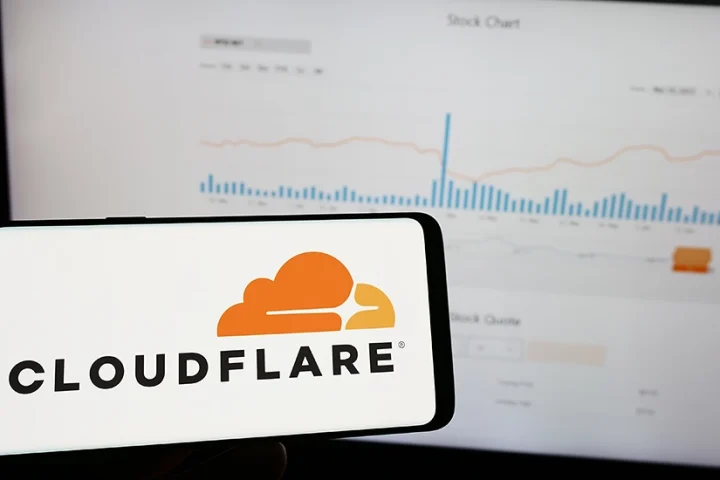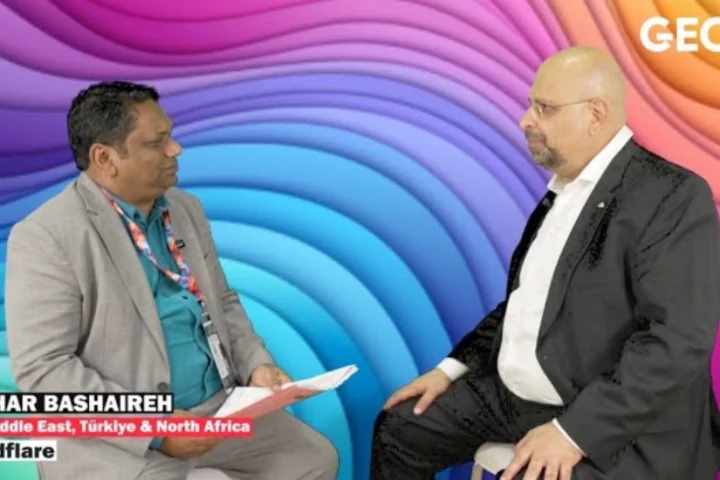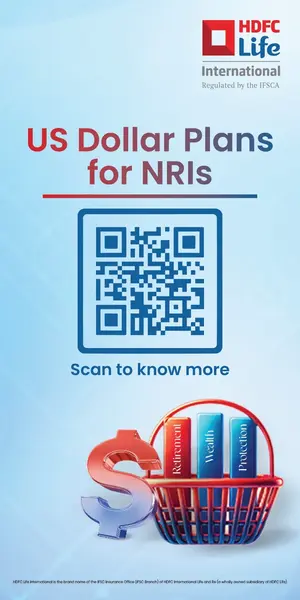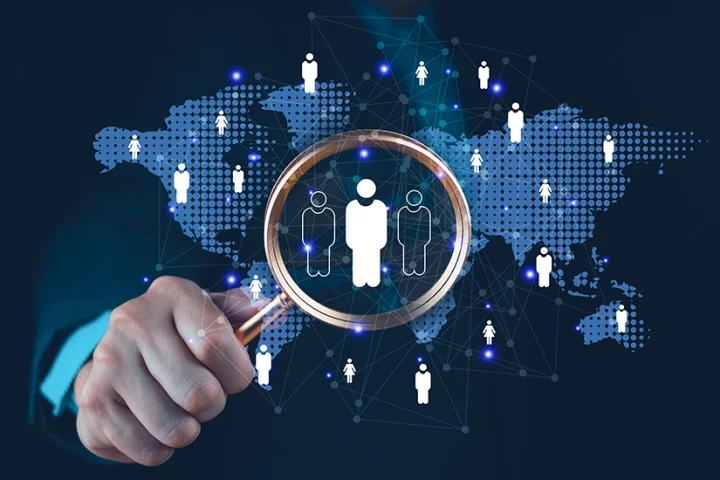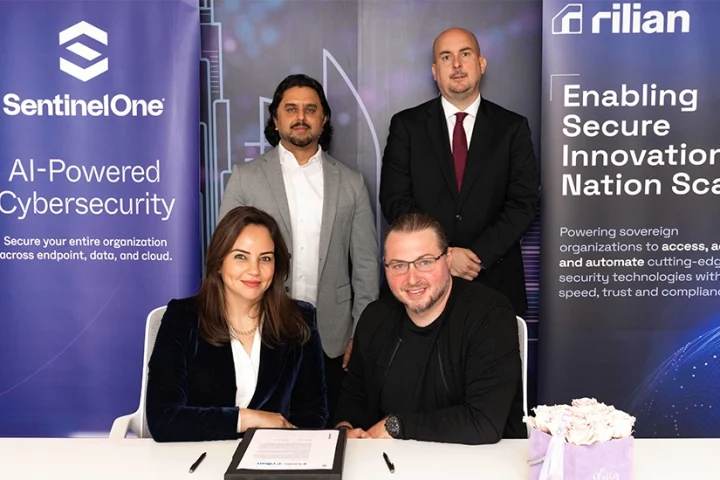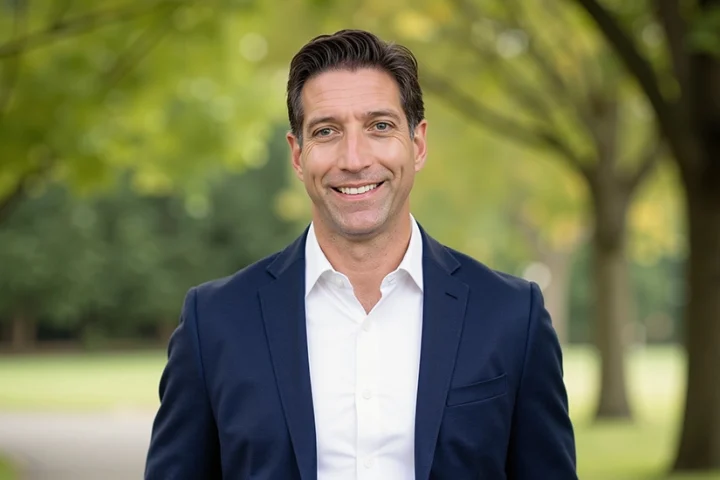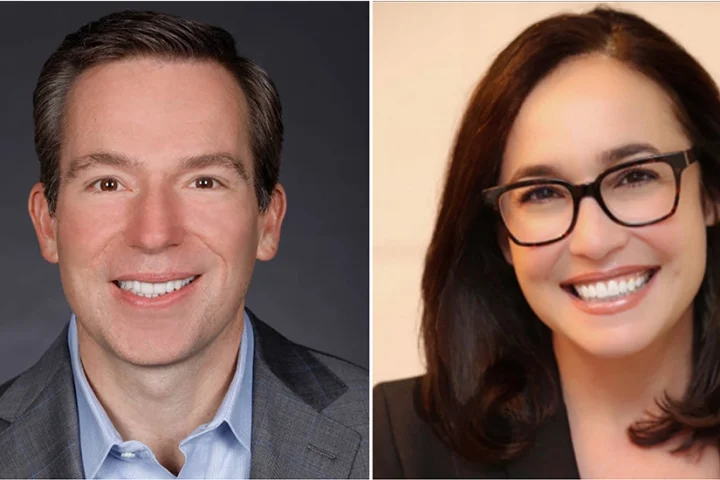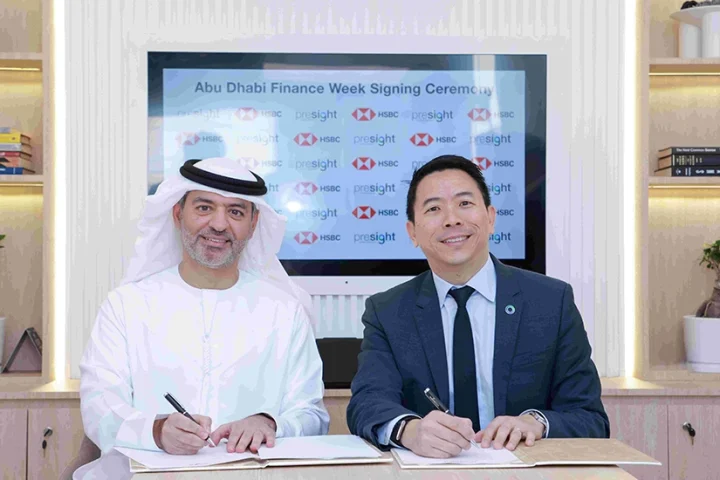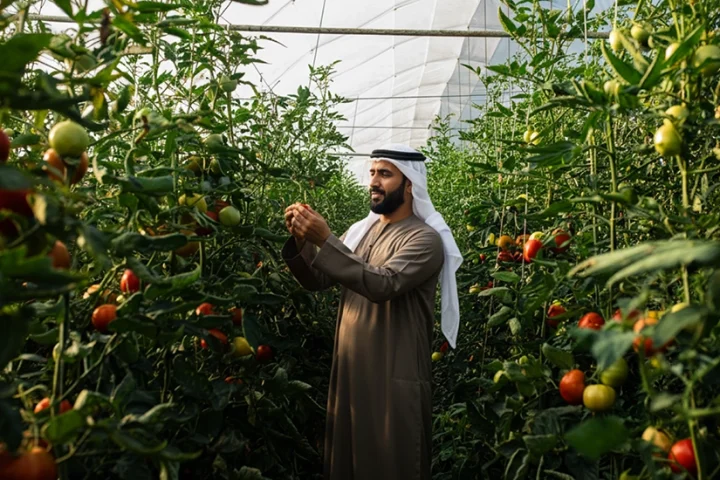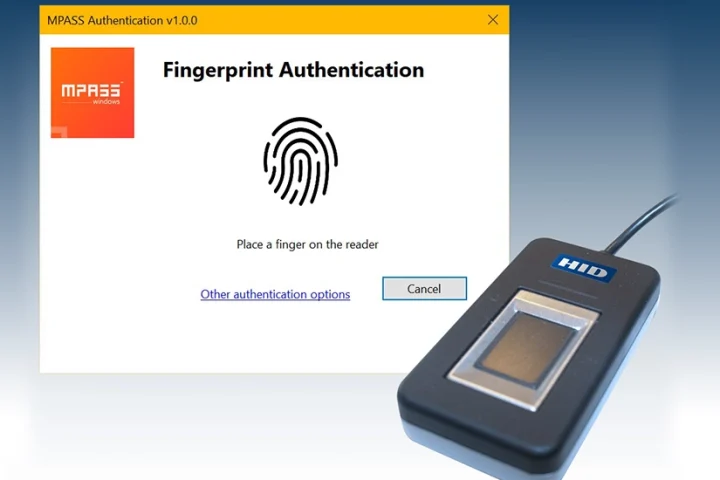Tom Evans, Cloudflare’s Chief Partner Officer, and Mark Jenkins, Cloudflare’s newly appointed VP of EMEA Partnerships, discuss the company’s shift to a partner-first business strategy.
Cloudflare has recently made a shift to a partner-first business strategy. Can you share more about this strategic change and how it’s evolving in 2025?
Tom: I joined about a year ago, and the idea behind my coming on board was really to help transform Cloudflare into a partner-first company. The goal was to evolve our approach, as the executive team recognized that, in order for us to scale to $5 billion and beyond, we needed to fully embrace the partner community.
Since then, I’ve hired quite a few people—including Mark—to bring that vision to life. It’s been a fantastic year of engaging with partners and seeing just how excited and interested they are in working with us.

Our core vision is to build a world-class ecosystem of partners that will drive over 90% of our revenue. And we’re serious about that. We’re already seeing significant growth in both partner-attached revenue—on deals that go through partners—and partner-initiated opportunities.
Over the past year, I’ve had one-on-one meetings with more than 100 partners (likely more, if you count the various summits and events), and the interest in our technology has been incredibly strong.
First, we are accelerating our partner-first approach. We’ve introduced clear rules of engagement for our sales teams to ensure deeper collaboration with partners. This sends a strong message that we’re committed to making it easier to do business with Cloudflare and are fully embracing the value that our partners bring.
Second, we’re focused on driving mutual business value. Our goal is not only to enable partners to deliver services and solutions effectively but also to empower them to bring new opportunities back to us. It’s about creating a true two-way relationship that benefits both sides and drives shared success.
Third, we’re investing in dedicated resources to support our growing ecosystem. We’ve been hiring strategically, bringing on pre-sales and post-sales technical talent dedicated to our various go-to-market channels—including GSIs, service providers, MSPs, distributors, resellers, and solution providers. These specialized teams are helping to build deeper relationships and provide more tailored, hands-on support to our partners.
Finally, we’re actively evolving our partner program. This includes introducing financially meaningful incentives and accelerating our PowerUP transformation initiative to drive measurable growth. One of our major focus areas is expanding partner-led services, which we recognize as a crucial component for long-term success.
At the heart of everything is the question: How do we make it easier to do business with us and remove friction?
When I first joined Cloudflare, I did a lot of homework. Every partner I spoke to said the same thing: “We love the technology, but it’s a bit hard to do business with.” That feedback was consistent—and we’ve made huge strides in addressing it.
We’ve significantly improved our backend systems, operations, and the overall partner experience. We’re not perfect yet, but the progress over the last 12 months has been substantial—and we’re committed to continuing that improvement.
Mark, now that you’re on board, what are some of the key changes we can expect in the channel partner ecosystem across EMEA? What types of partners are you focusing on—is it VARs, MSSPs, or global system integrators?
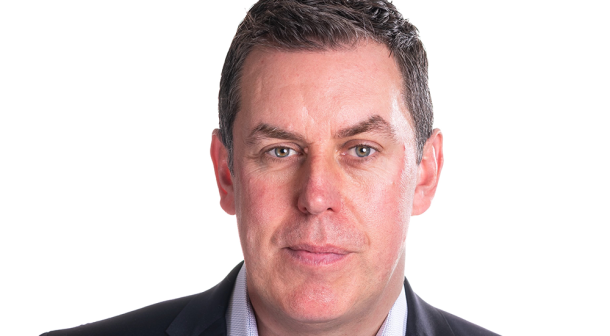
I walked in about a month ago—I think this is week five for me—so it’s still very early days. That said, I’ve been very impressed with what I’ve seen so far. I think the team is in a really strong place. We’ve added five roles to the team in the last four weeks, and we’ve got additional headcount on the way.
Looking at the sales leadership here in EMEA and the broader business, I’ve found an incredible commitment to the channel-first strategy across every department I’ve spoken to. That level of alignment is rare, and it gives me confidence. I see my opportunity here as twofold: to quickly assess where we are today and to focus on what’s coming next.
I believe we’ll see a broadening of the ecosystem as we expand into new routes to market—particularly in areas like developer tools, security, and external asset protection. There’s definitely potential to build partnerships in new segments, including services and managed services. We’ve also seen solid growth in the enterprise segment over the last year, which brings its own set of needs and opportunities, especially around services and support models.
I’m also focusing on a couple of other core pillars. One of them involves leveraging the great work the U.S. team has done on partner portals and systems—what Tom referred to earlier. We’re looking closely at what I call the “how we work” aspect. There are about 10 key moments in the partner experience—everything from onboarding and enablement to deal registration, quoting, and ordering. If we can get those right, we make it incredibly simple and seamless to do business with us.
There’s a real opportunity to broaden our partner ecosystem. GSIs, service providers, and managed service providers are areas where we’re still finding our feet, but we’re seeing some very promising early wins here in EMEA. The drive around partner services is also proving to be a powerful differentiator—it’s already been very helpful in strengthening our value proposition.
Which of your solutions are seeing the most momentum through the channel? Is it Zero Trust, SASE, CDN, or DDoS protection?
Tom: I don’t think there’s a simple answer or just one standout solution. The reason partners are gravitating toward us is that they really appreciate the platform story—they like the fact that we offer a Connectivity Cloud platform that allows them to address the entire infrastructure stack for a customer.
To be honest, we’re seeing interest across all our product lines. Of course, some of our background naturally leans toward Zero Trust, so there’s been a lot of partner engagement in that area. Many partners are focused on how to deliver more Zero Trust solutions to their customers.
But the real advantage of what we’re doing—across compute, storage, and security—is that partners can sell the entire platform. That gives them the flexibility to focus on multiple solutions, depending on their customers’ needs.
What we’re seeing is that the most successful partners are those who are taking a holistic approach, looking across the entire platform rather than focusing on a single solution.
Mark: To expand on that point—if you think about bringing a customer onto the Cloudflare platform, it inherently opens up more opportunities to upsell, add capabilities, and consolidate technologies.
What’s really interesting about this value proposition is that once the initial work is done to bring the customer in, it gives the partner a chance to scale—not only with that specific customer but also by expanding their knowledge and awareness of what we’re doing across other segments and industries.
It’s a powerful story for partners who are looking to grow and deepen their relationships.
For partners, profitability and margins are often top of mind. Do you believe your partner program will directly impact their bottom line?
Tom: We definitely have a roadmap to roll out a robust infrastructure of incentives. That will include front-end discounts, back-end incentives, rebates, and a few other mechanisms we’re planning to implement. So yes, we’re very focused not just on creating profitability for our partners, but on predictable profitability.
We’re asking partners to invest in us, and in return, we want to give them the ability to forecast their returns. That predictability enables a stronger partnership—where we can justify asking for investment from them, while we’re also increasing our own investments in them. We’re entering into mutual agreements with partners on how to drive business together.
We’re also looking at back-end rebates, front-end discounts, and additional incentives—not just for the partner organizations, but also for individual sellers and engineers within those partner businesses. We want to motivate everyone involved in driving partner-initiated deals and opportunities.
By the end of this calendar year, we expect to announce several major updates on the incentives front. We’re gradually implementing system changes to support this, and with the launch of our new partner portal next month, we’ll take a significant step forward. The portal will allow partners to clearly see how they’re performing, track their opportunities, understand what they can earn, and have full visibility into all available incentives.
Cloudflare recently blocked 1.8 billion cyber threats per day targeting the UK—that’s a staggering number. What types of cyber threats are you seeing globally, as well as in EMEA?
Tom: I think we’re seeing everything, to be honest. But the real value Cloudflare brings is in how quickly we can respond to a wide variety of threat actors. We’re currently blocking over 200 billion cyber threats every day, and we’re constantly seeing new types of threats emerge.
The key is that we’re able to adjust and respond very quickly, even to threats that haven’t yet been widely identified. So yes, we’re stopping the standard threats like ransomware and DDoS, but what’s equally important is our ability to detect and block new, evolving threats in near real time. That’s where we differentiate ourselves—we’re not just handling known threats, we’re also built to adapt quickly to what’s new and unknown.
Mark: Just to add to that—when you consider that 20% of the world’s internet traffic flows through our network, it gives us a unique and powerful vantage point. We see the entire transport layer from point to point, and that allows us to recognize patterns and anomalies much earlier than others who may only see a single piece of the puzzle.
Whether it’s lateral movement within an environment or the rise of bot networks, our network visibility gives us a strategic advantage. It’s that comprehensive view and speed of response that really positions Cloudflare as a leader in cyber threat defense—and it’s something we’re continuing to build on as we enhance our capabilities even further.



